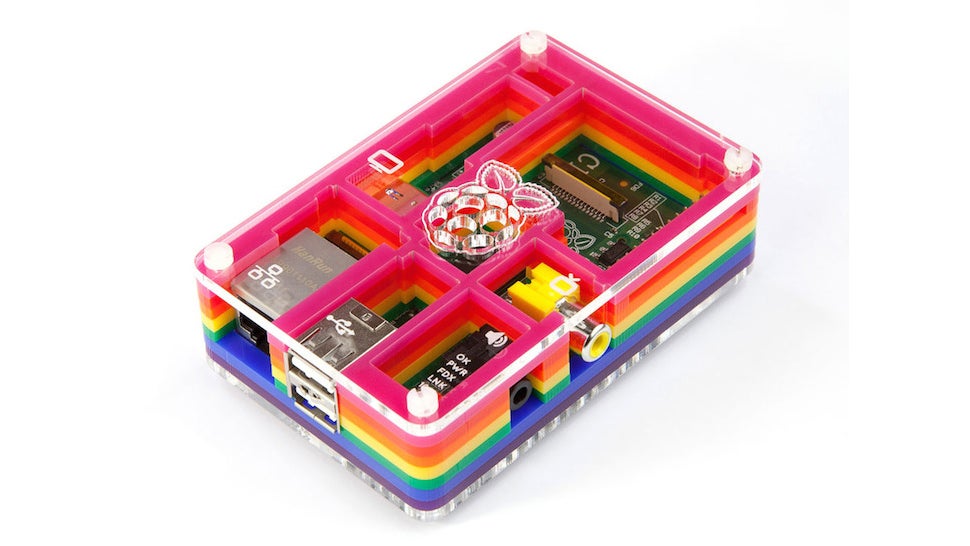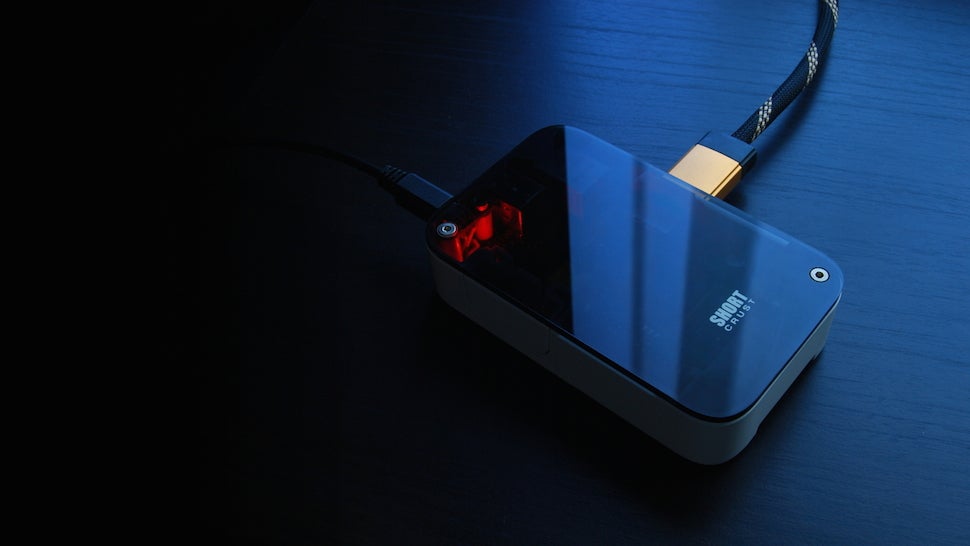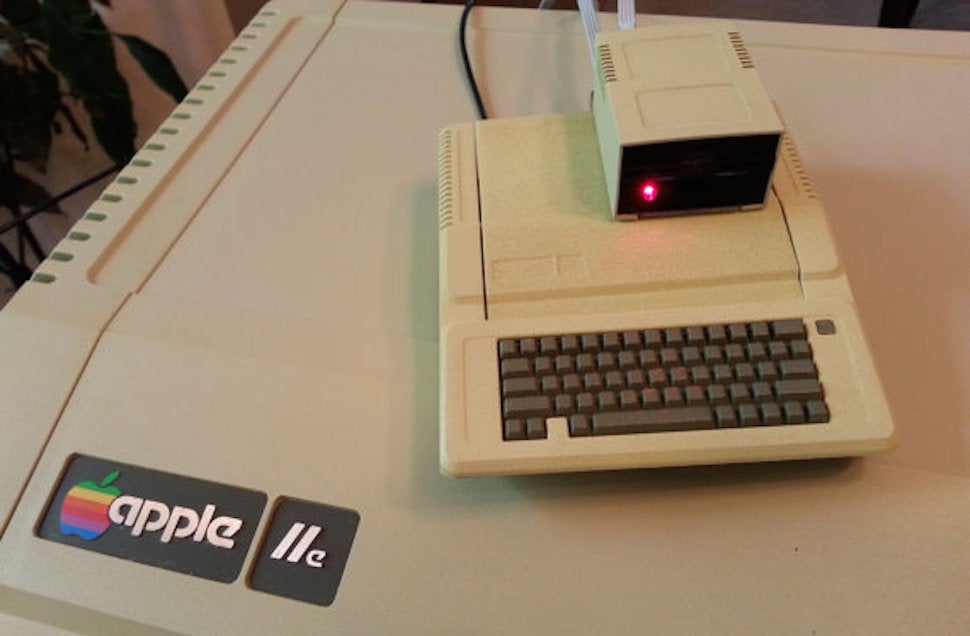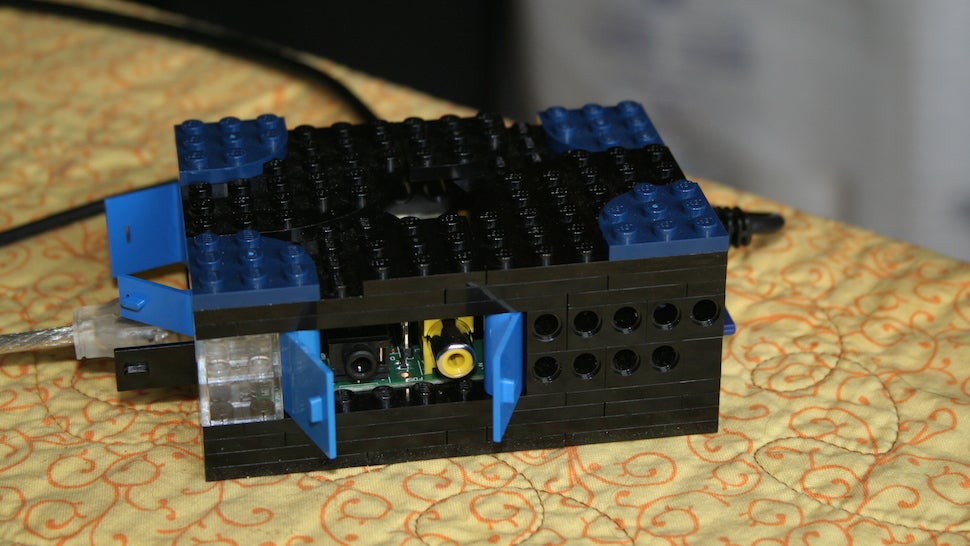Five Best Raspberry Pi Cases

If you have a Raspberry Pi and big plans for it, one of the first things you’ll need is a case for your pint-sized board. There are lots to choose from, but the ideal choice would offer durability, easy access to the board, and style to boot. This week we’re looking at five of the best, based on your nominations.
Photo by Russ Sanderlin
The PiBow Case

The PiBow is viewed by many the unofficial official Pi case. The PiBow was designed by Paul Beech, the same person who created the official logo for the Pi, works on the Pi Foundation’s website, and does a lot of overall design work for the team as well.
It’s actually a line of cases for the Raspberry Pi, all of which are both stylish and functional. The PiBow Rainbow (also available from Adafruit) was the case that officially earned the nod here. It’s crafted from seven layers of colourful acrylic, fits your Pi snugly without rattling, and has a clear acrylic top and base so you can still see the Pi inside. If you’d prefer a single colour, there are PiBow cases for you too, ranging from Adafruit Blue, completely clear, “toxic” green, translucent “crystal to black-shadowed “ninja. There’s even aPiTFT PiBow that combines a case with everything you need to add a TFT monitor or a touchscreen.
Short Crust

Short Crust is a beautiful acrylic and plastic case that pays close attention to cable management and utility as well as design. The top is a “smoked” black acrylic that is set off slightly from the body of the case to allow you to run something like a display cable from it, and the body fits the Pi snugly and snaps into place so there’s no rattling around inside. Power is routed to the same side of the case as Ethernet and USB to keep cables tidy, the SD card is slot-loaded on the bottom (and flush with the bottom of the case), and there’s even a removable cover for your audio and video ports when they’re not in use. All in all, it’s a good looking and thoughtfully designed case.
The only drawback to Short Crust is that it’s not widely available. At the moment, the only place you can snag one is at at Pi-Supply for £15, which makes them a little difficult to get if they run out of stock. Still, it looks nice, actually protects your SD card instead of leaving it half-in/half-out, and you can still see inside the top.
Apple II Raspberry Pi Case

This 3D-printed Raspberry Pi case is built to look like an old Apple IIe computer. You can choose which Apple II model you want your case to be modelled after – the original ][ (or ][ Plus), the //e, or the Platinum //e. You can also pick one up in Bell & Howell "Darth Vader" Black, if you'd prefer. You have two options beyond that as well -- you can get one that supports the video out that matches your Pi, whether it's HDMI or composite. You can mount your Pi easily in the case with your SD card installed, but if you really want to go for the classic computing look, the case's creator also sells an SD card reader that looks like a Disk ][ floppy drive to complete the look.
The UniPi Case

The UniPi is an all-aluminium unibody case for the Raspberry Pi that also offers great ventilation. It’s cut from a block of solid aluminium, with port access also carved out of the same piece. The UniPi comes with two case toppers, one with punch-out mesh (shown above) and another that’s solid aluminium with cutouts for external video or other component cables you may want to slide through. Your Pi screws into place and doesn’t rattle around inside, and the whole design is stackable so you can put multiple Pis on top of one another easily. You even get wall-mounting screws along with it.
Lego DIY Case

Building a Raspberry PI case from LEGO has long been a popular choice. It makes sense — Lego plastic is durable enough to hold your case and you can build your enclosure to suit your particular use case with just a few bricks and pieces. The one shown above is the work of Instructables user darrennie, and it’s definitely a looker. It has doors to protect all of the ports when they’re not in use, space at the top for ventilation, and as you can see in the comments at Instructables, it has inspired a plethora of similar LEGO-based cases for the Pi — hit Google and get inspired!
You’ll have to build this one yourself and get the pieces you want in the colours you want, but the link above has a full walkthrough for you, including how to plan out your case using Bricklink, essentially a LEGO version of eBay, to get some of the specific parts.
Want to make the case for your favourite case? Tell us about it in the comments.
Post a Comment